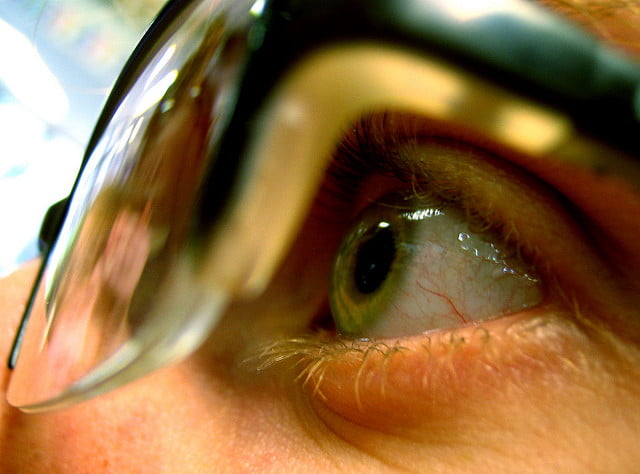A Ben-Gurion University of the Negev research group led by Prof. Ohad Birk has identified a gene that leads to nearsightedness. In an article appearing online in the American Journal of Human Genetics this Thursday, Birk and his team reveal that a mutation in LEPREL1 has been shown to cause myopia (nearsightedness) in a Bedouin tribe in southern Israel.
Myopia (nearsightedness) is the most common human eye disorder. Aside from being a significant public health concern, nearsightedness also leads to a higher incidence of other secondary eye disorders, such as retinal detachment, macular degeneration as well as early onset glaucoma and cataracts. Myopia is mostly a hereditary trait. However, in spite of decades of intensive research, the specific genes whose defects lead to nearsightedness have remained elusive.
In a manuscript appearing Thursday in the American Journal of Human Genetics, a research group led by Prof. Birk of the Morris Kahn Laboratory of Human Genetics at the National Institute for Biotechnology in the Negev (NIBN) at Ben-Gurion University of the Negev and the Dayan clinical genetics wing at Soroka University Medical Center describe the first gene whose defect specifically causes myopia. The gene, LEPREL1, encodes an enzyme that is essential for the final modification of collagen in the eye. In the absence of the active form of this enzyme, aberrant collagen is formed, causing the human eyeball to be longer than normal. As a consequence, light beams entering the eyeball focus in front of the retina rather than on the retina itself and myopia emerges.
The defective gene was identified in a thorough study of severe early-onset myopia that is common in a specific Bedouin tribe in southern Israel. As part of the research and in collaboration with a Finnish group, studies in a model system using insect cells demonstrated that the mutation is detrimental to the enzymatic activity of the enzyme.
“We are finally beginning to understand at a molecular level why nearsightedness occurs,” Prof. Birk says.
Future studies will elucidate whether LEPREL1 or its related genes play a significant role in the causation of myopia in the population at large as well. The study was largely carried out by Shikma Levin and Dr. Libe Gradstein of Birk’s research group, and was supported by the Kahn Family Foundation.
Prof. Birk’s group has thus far elucidated the molecular mechanisms leading to more than 15 human diseases, and the research findings are effectively implemented in massive screening tests and prevention programs.
Related posts

Israeli Medical Technologies That Could Change The World

Harnessing Our Own Bodies For Side Effect-Free Weight Loss

Missing Protein Could Unlock Treatment For Aggressive Lung Cancer




Facebook comments